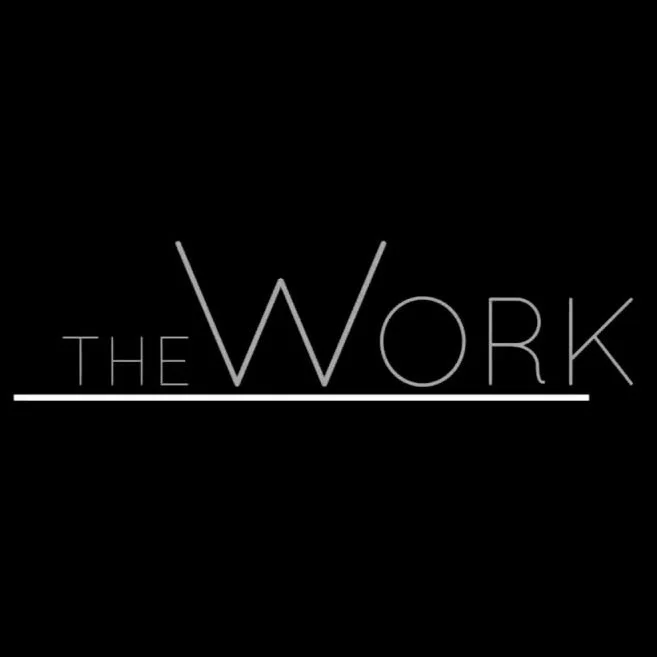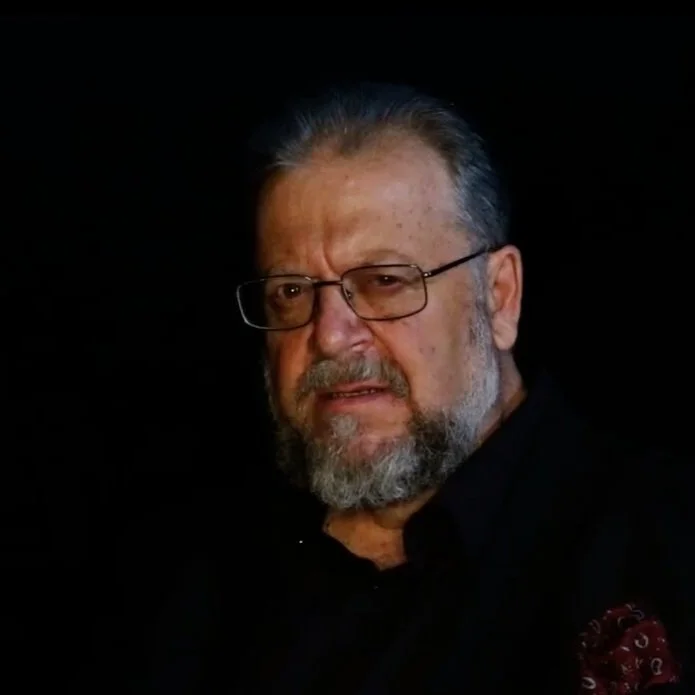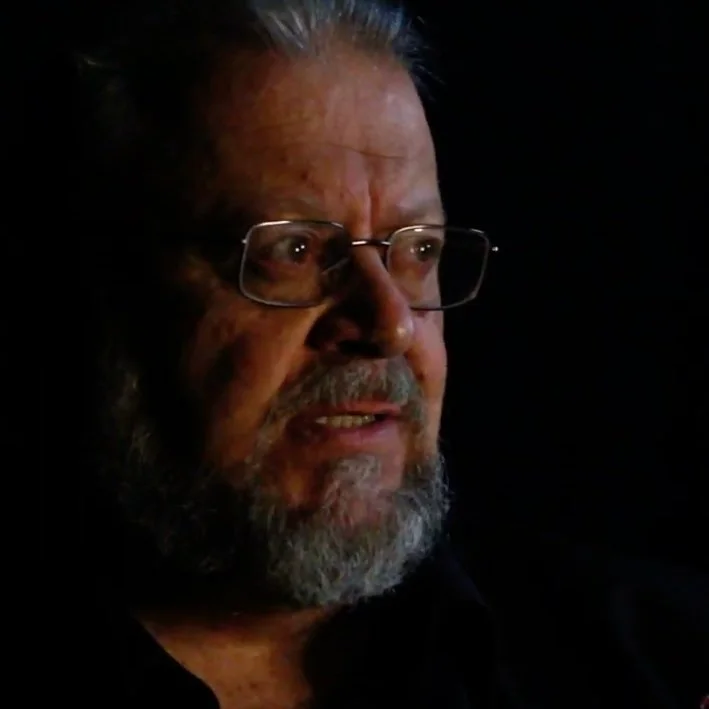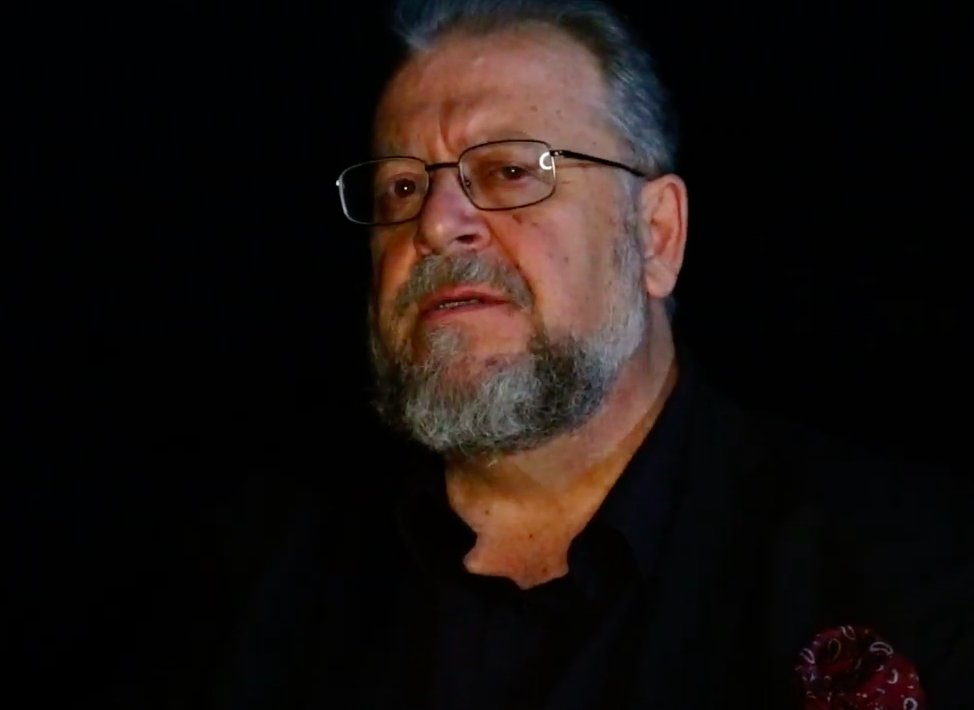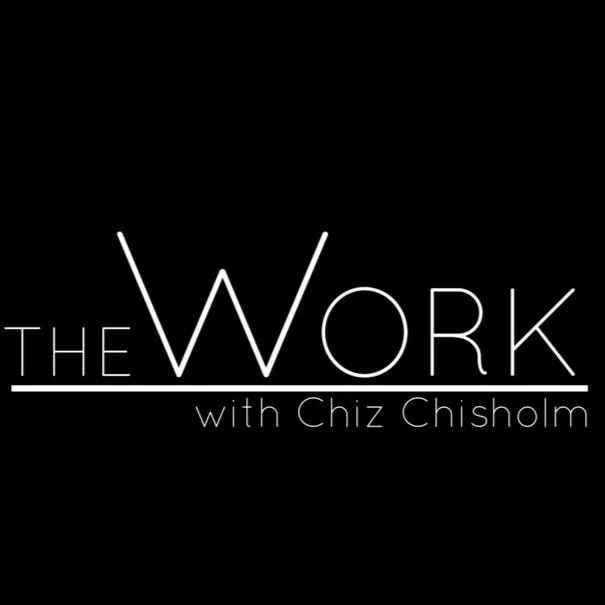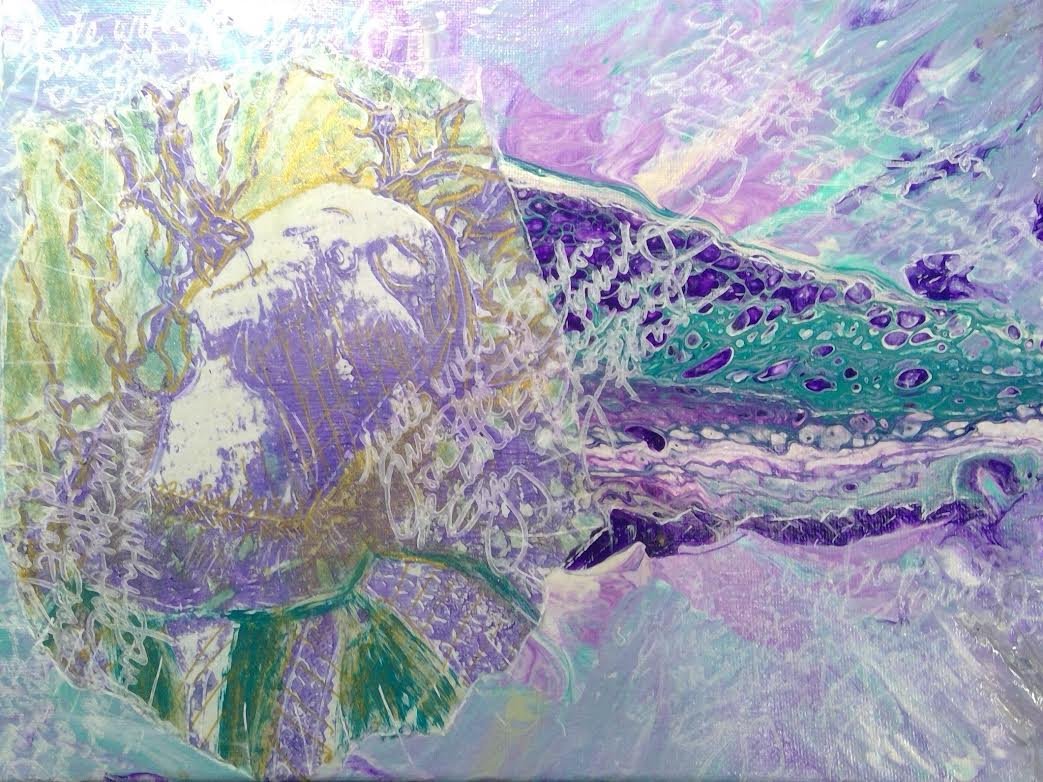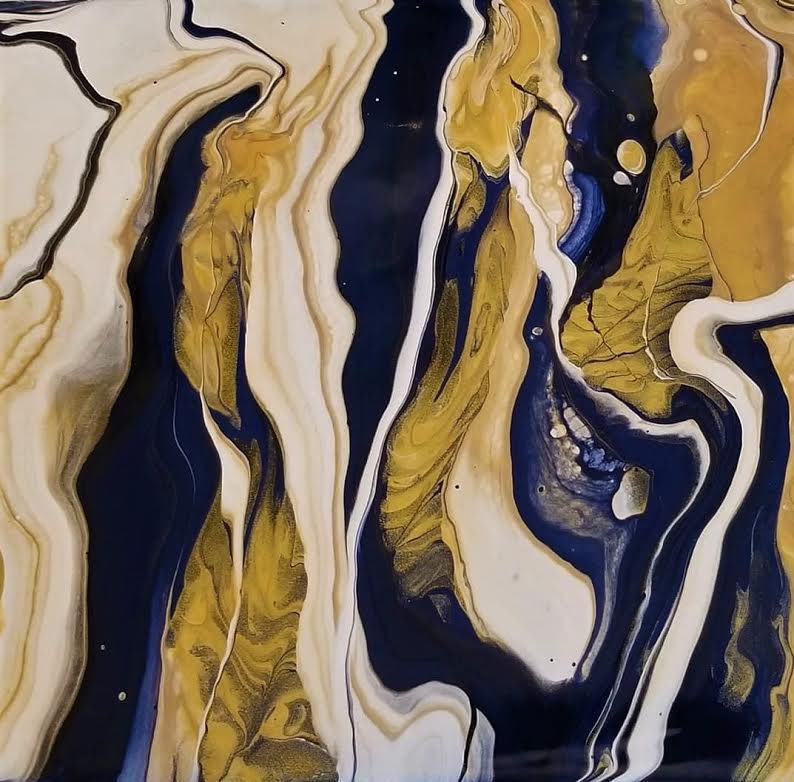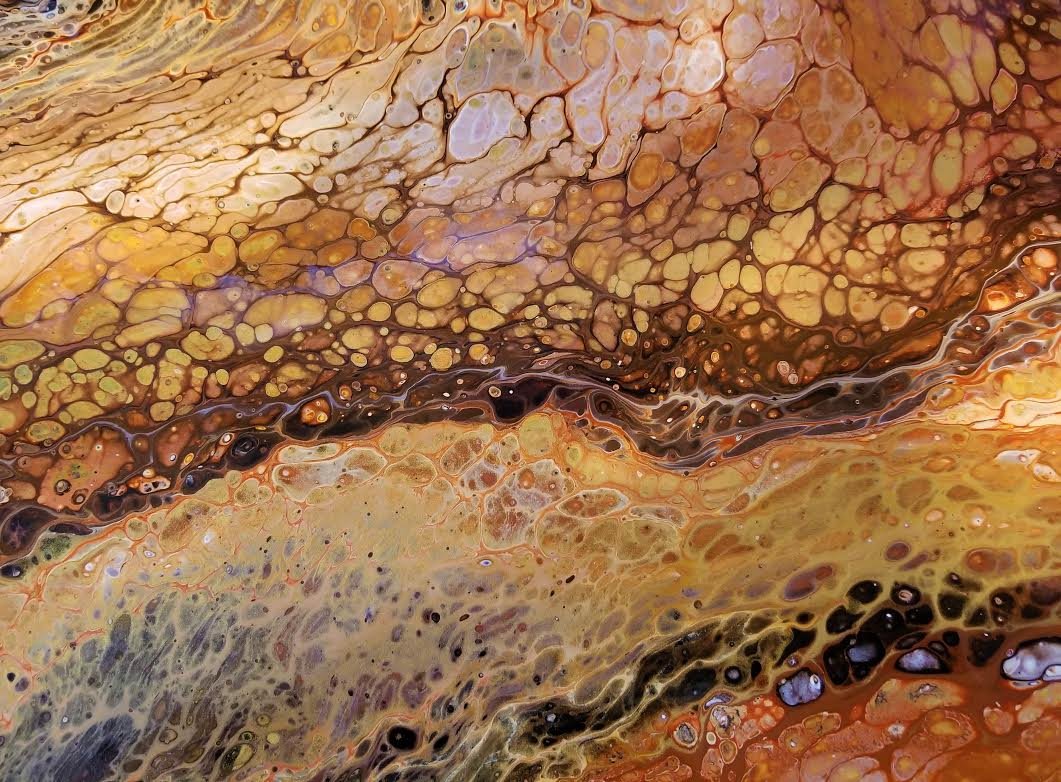I started working in the commercial voice over world a couple of years ago. Life. Changing. Experience.
Why did no one tell me that this was a thing? Like, an actual acting job that can catapult your career and provide an incredible living.
“Give me your 6 year plan on how will you get to Broadway/Hollywood/Your Favorite TV Show,” said every college professor in the acting department.
I’m all about this exercise. Set yourself some goals. High expectations. Objectives that are ambitious but palpable.
However, there is one slight miscalculation made by every early-career actor when presented with this exercise and I think part of the problem lies in how this assignment is presented.
Therefore, I propose a more accurate exercise:
“Give me your 6 year plan on how will you get your dream job in the acting business, but since this is a very specific and competitive industry where you’re more than likely not making any money in your first professional years, please include exactly how will you be making a living while pursuing your acting goals.”
Okay, maybe the tittle is a little long. But the reality is that unless we get extremely lucky, we will be waiting tables, walking dogs, working at Pearl Studios, etc., before we can start making a living out of our profession. New York is expensive. And honestly, LA is too. Enter Commercial Voice Over (you know, the one thing that my college conveniently “forgot” to include in their undergraduate program).
Yes, there are colleges that offer some voice over curriculum, but commercial v/o is often forgotten, or at least not given the attention it deserves. Especially by students. And I don’t blame them! There is a stigma surrounding commercial voice over where some assert that it’s not really acting. Not only within our own ranks (because actors only work on Netflix or Broadway, right?) but also in a general aspect— the misconception being that a commercial actor must be an actor who failed at “real” acting if only because the general public, and even some of our colleagues, consider commercials something that anyone can do without needing skill or talent.
When I was applying for an Artist Visa, which is a work visa for international actors, I couldn’t include my commercial voice over credits because the US government sees commercial voice over work in the same light.
“You don’t have to be an actor to do a commercial voice over.” - The US Government
Which, by the way… how dare they? Secondly, wrong! I’ll simplify it ––– all it takes to do commercial voice over is to be able to read words from a page and make them sound as if those words are not being read from a page. So essentially… acted? Exactly. Acted by an actor; the people that train for years to be able to recite and deliver words as if they are not being read from a page.
So yeah… not a great reputation for commercial voice overall.
Even more ironic – Commercial Voice Over is the highest paying branch in the business when broken down hourly.
Let me explain.
Leonardo DiCaprio got paid millions of dollars to go freeze his ass for weeks in the Canadian Rookies. Don’t get me wrong, I will gladly go up naked to the Canadian Rookies for millions of dollars. But Leo is working 12-hour shifts every day, while quite literally freezing, and eating raw liver.
In contrast, I recently spoke to a colleague of mine who booked a campaign for Purell a couple of years back. The script for this commercial was, “Say no to germs. Purell”. Pretty straight forward, I’d say. Probably took him about 45 min to record the commercial. Oh, and he was fully clothed and warm while recording. Probably even sipping on some nice, hot, herbal tea to support his voice. He also ate a bacon, egg, and cheese sandwich that was fully cooked. And he walked out with 6 figures from that one job. 45 min…. warm…. not eating raw liver…six figures.
Now, I’m not dissing the Leo’s of the world by any means, and my friend definitely didn’t get an Oscar for his work on the Purell campaign, but what I’m saying is –– Commercial Voice Over pays really well with little to no time commitment on one’s behalf.
If anything, Commercial Voice Over frees up time. It offers financial stability and even has the potential to sponsor personal projects. It’s also a way into SAG and Equity. It’s a pension. It’s a path to bigger, more ambitious projects, and frankly it’s the best “survival” gig an actor can find.
If you were also bamboozled by your undergraduate program and were never exposed to the wonders of Commercial Voice Over, remember –– you are not alone.
It’s okay. I’m here for you.
What do you need to do if you want to get into Commercial Voice Over? Take a class. Meet other actors, meet other teachers, meet casting directors; expand your network. I myself teach an intro class to commercial voice over at AMCP (The Acting Masterclass Project) –– which by the way, AMCP’s entire MO is offering affordable classes to early career actors. Check them out (amcpny.com)! But honestly, any class will do –– Actors Connection, One on One, The Growing Studio, *insert any other independent studio in NY or LA*.
Once you know your way around the mic and have several classes under your belt, you can start auditioning. There are several platforms specifically for voice over auditions. Take for instance voices123 or voices.com. And don’t forget the usual suspects–– I keep seeing so many V/O auditions on Backstage and Actors Access. Go get ’em!
Andrés Montejo is a New York based, Costa Rican actor. Credits include performances at The Artery as Roland/Constellations by Nick Payne, The Fulton Theatre as Oscar/Sweat by Lynn Nottage, Shakespeare on the Sound as Duke of Austria/King John, The Flea Theatre as Lawyer/Odd Man Out, Central Square Theatre (Boston) as Daniel Castro and Reuben Cano/ Young Nerds of Color, The Playroom Theatre as Don John/Much Ado About Nothing. In front of the camera, Andrés has appeared in several short films and commercials as well as featuring as Ellis Archer in Strawberry Flavored Plastic, on AMAZON PRIME. He can also been seen in the award winning film Seneca on HBO Max. Montejo has also dived into commercial voice over, where he has participated in campaigns for Chase Bank, Twisted Tea, PEPSI, Bud Light, 1800 Tequila, Nissan, amongst others. Most recently, Andrés became the new voice worldwide in Spanish for Polo Ralph Lauren’s Fragrances.
G&E In Motion does not necessarily agree with the opinions of our guest bloggers. That would be boring and counterproductive. We have simply found the author’s thoughts to be interesting, intelligent, unique, insightful, and/or important. We may not agree on the words but we surely agree on their right to express them and proudly present this platform as a means to do so.






